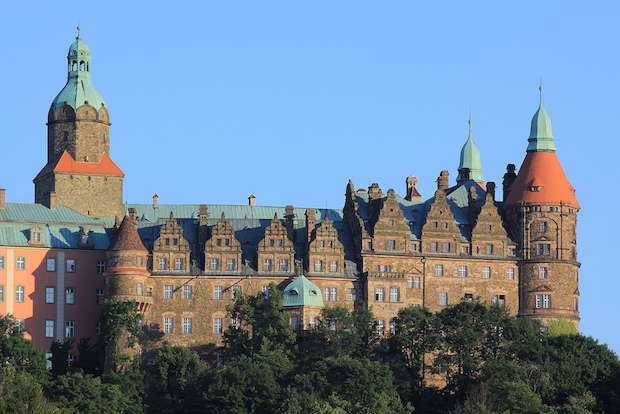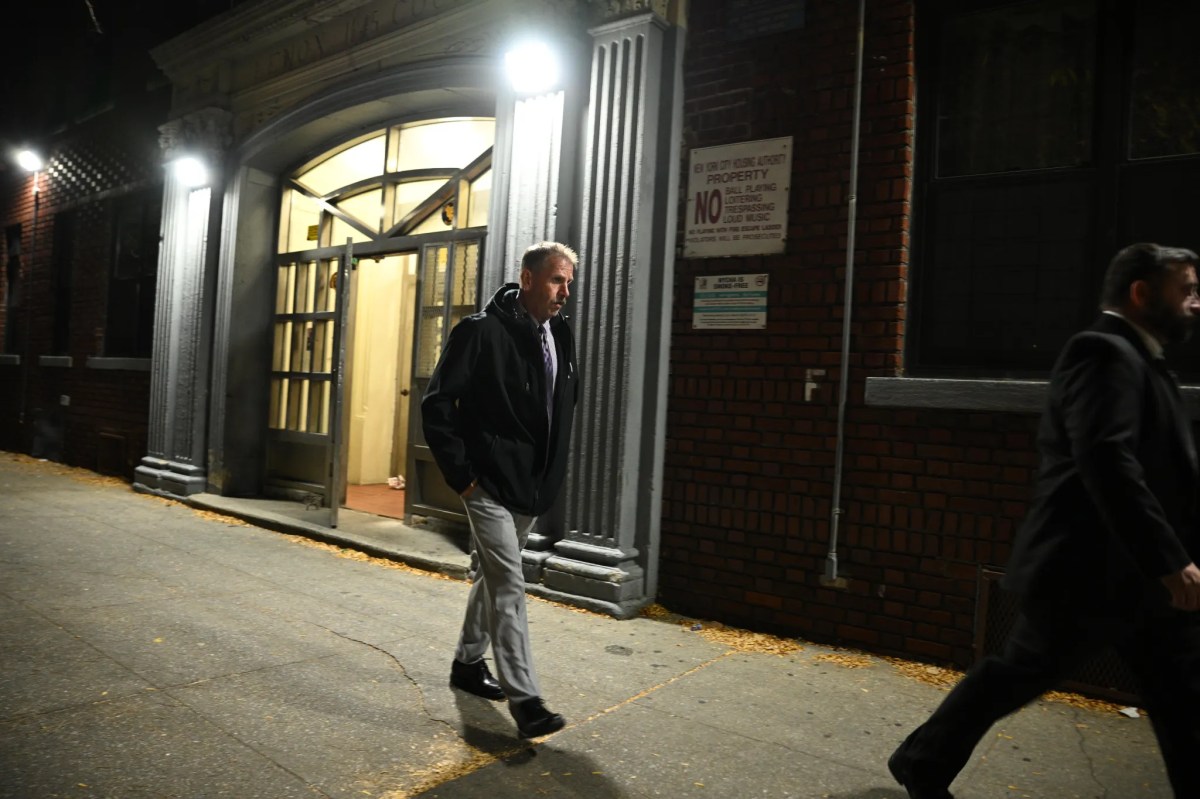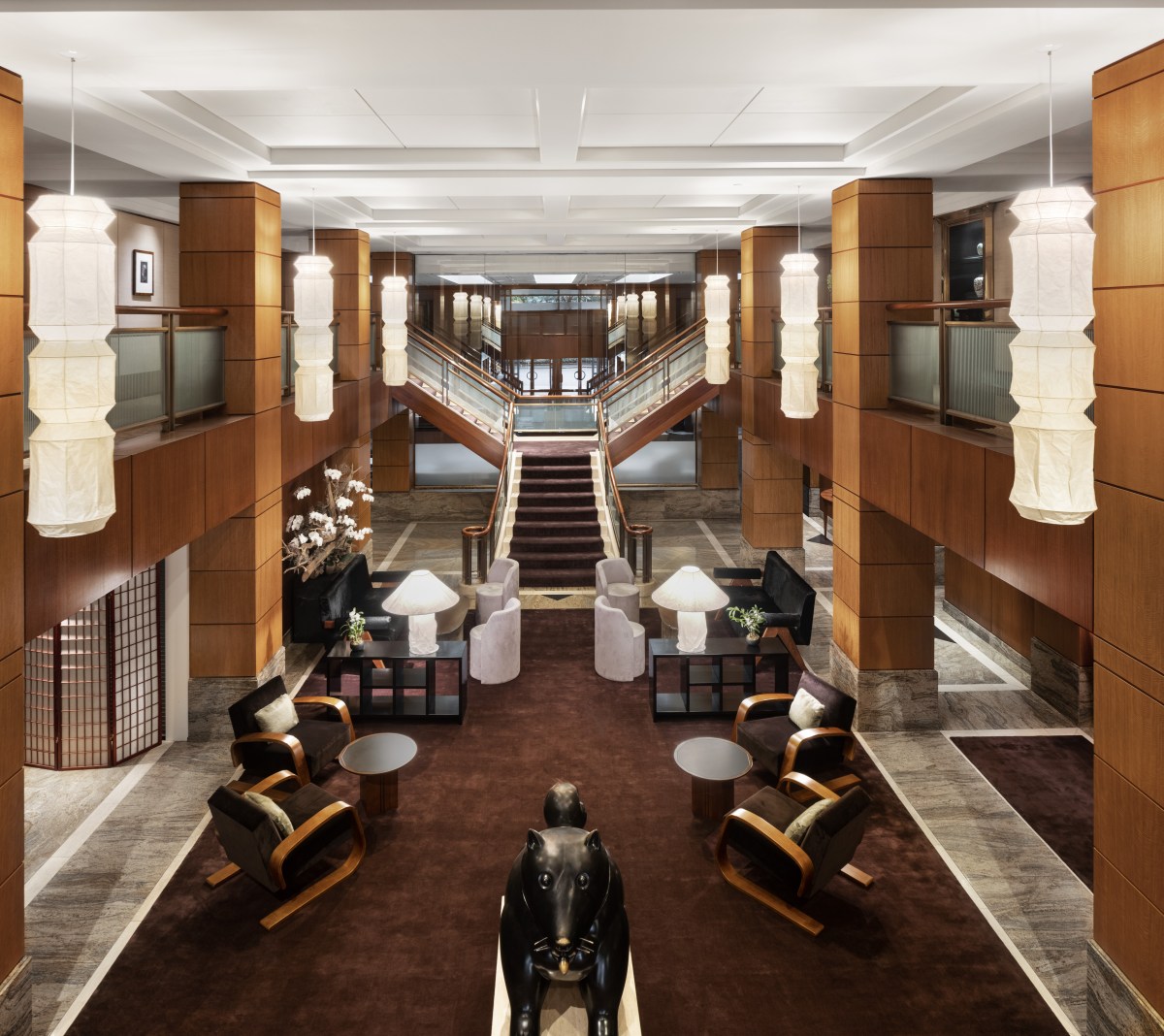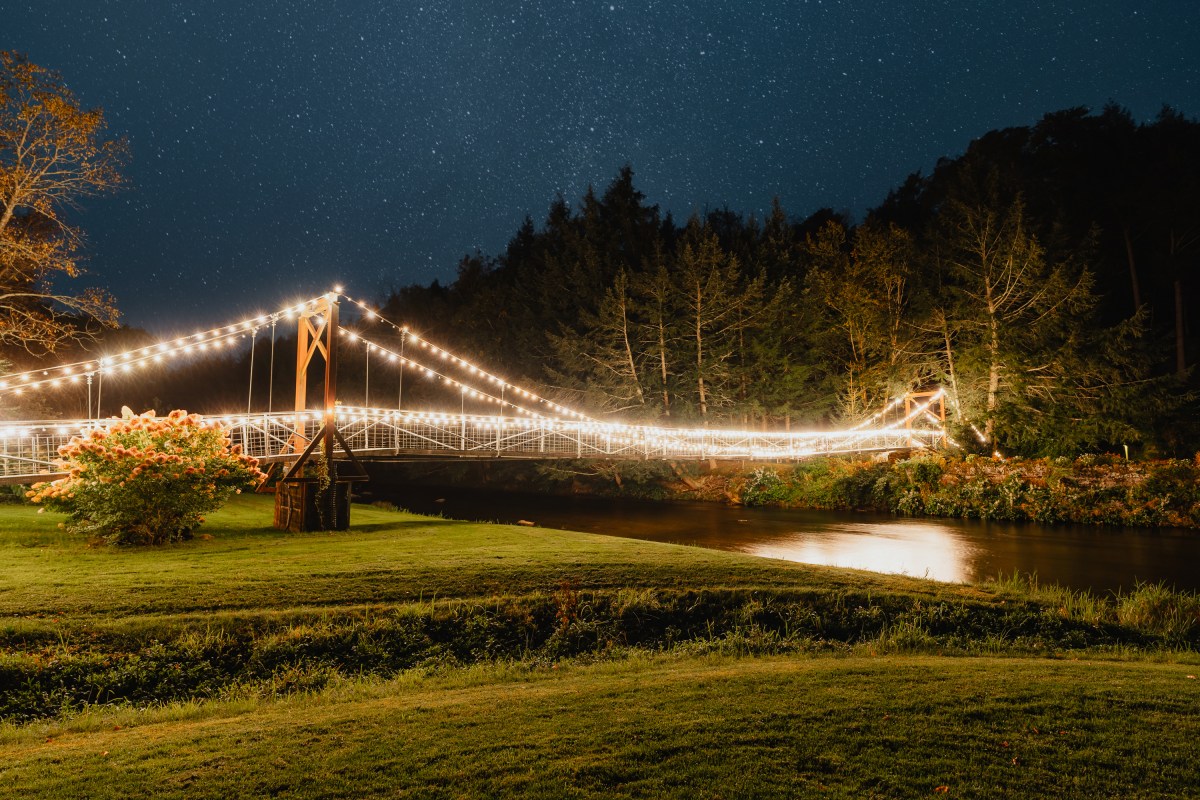A tumultuous history of border changes and territorial disputes has had at least one bonus for Poland – lots and lots of castles. There are hundreds across the country, some bigger and more storied than others. But if you’re planning a castle-themed tour around Poland, these ones should definitely be on your list.
Malbork Castle
Europe’s largest Gothic castle was built by the Teutonic Knights from the 13th century onwards, later taking on a role as a residence for Polish kings. Near Gdansk, Malbork Castle spreads over 21 hectares, and his home to a staggering variety of mini-museum collections. These include exhibitions on amber, glass art, ceramics, tombstones and furniture. iPod audio tours are available, leading listeners through the most grandiose rooms, including 4,843 sq. ft. Knights’ Hall, which astonishingly still has its original medieval vaulting.
Turn up in summer, and there’s a large -cale live re-enactment of the 1410 castle siege to watch.
The Royal Castle, Warsaw
The most remarkable thing about Warsaw’s Royal Castle – always a highlight for visitors to the Polish capital – is that it’s a reconstruction. Destroyed during the Second World War, it was rebuilt courtesy of donations from across the globe. The Polish-American community chipped in heavily, as they did with donating art to fill the castle rooms.
The restoration to the castle’s dazzling baroque heyday is a triumph, with the highlight of the castle tours being the gilded stucco and golden columns of the Great Assembly Hall.
Wawel Castle, Krakow
A national symbol, and justifiably one of Poland’s top tourist attractions, Wawel Castle offers several experiences in one. The State Rooms – painstakingly restored to their Renaissance and early baroque looks – and Royal Apartments tend to be the highlights. The latter has an extraordinary collection of tapestries. But elsewhere, there’s oriental art plus the Gothic-vaulted rooms of the Crown treasury to explore.
Inside the former kitchens, it’s possible to get a taste for what once was, but has been pulled down over the centuries. These include the remnants of the rotunda from what’s thought to be Poland’s first church.
Łańcut Castle
More an aristocratic residence rather than defensive fortress, Łańcut Castle near Rzeszów has passed down through a series of Poland’s most influential families. Inside, the 300-room behemoth acts as a journey through architectural history. The Eastern Corridor is Renaissance-style, the Corner Room a rococo blizzard and the facades are neo-Baroque.
The collections of art, coaches and religious icons would make for three separate museums in their own right.
Książ Castle
On a steep hill, surrounded by Silesian woodland, Książ Castle weighs in with a mammoth 415 rooms. Additions over the centuries have led to Romanesque, baroque and neo-renaissance sections. The showpiece room is the 18th century Maximilian Hall, with its vast ceiling painted with scenes from mythology – but the castle itself has its own myth.
During World War II, the Nazi regime embarked on a crazily expensive plan to cut out a network of subterranean tunnels beneath the castle. No one quite knows why, and rumors of a secret train laden with stolen gold in an as-yet-undiscovered underground clearing persist today.
Pszczyna Castle
More than just a tongue-twister (it’s pronounced psh–chi-nah), Pszczyna Castle in Silesia was originally a 12th century hunting lodge, but has been upgraded and redesigned several times. Now open as a museum, oddities inside it include the Miniatures Room full of tiny artworks, the brick-vaulted armory and the entirely walnut-paneled library. Meanwhile, the Mirror Room (no prizes for guessing the key feature here) regularly plays hosts to classical music concerts.
























